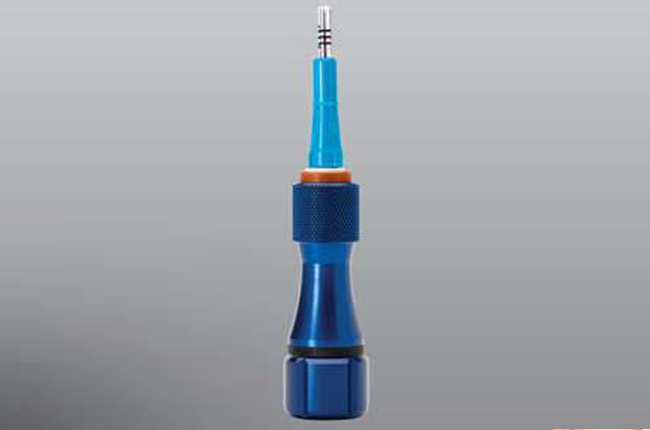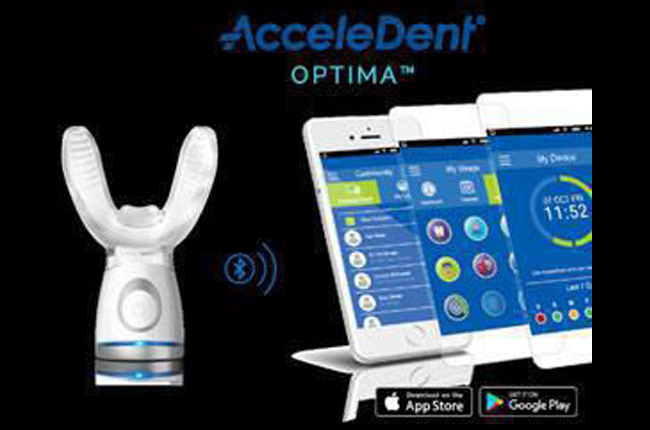Airway Analysis
Airway analysis is the clinical application of cephalometric which
is the process of analyzing the patient's dental and skeletal
relationship. I-Cat and 3D X-rays can also be taken which provide
precise information about the dentin and the anatomy of the nose
which helps to improve the patient’s health. They are used to study
the bone, soft tissues, facial abnormalities, and other problems as
well. These methods of analysis are used by dentists, maxillofacial
surgeons, and orthodontists too. Patients can view their own airway
anatomy with the help of 3D imaging which allows them to understand
what is wrong and how the treatment works.
Sleep apnea is a breathing disorder epidemic in the United
States. In 2017, the American Dental Association published a
policy statement titled
The Role of Dentistry in the Treatment of Sleep-Related Breathing
Disorders. This statement encourages dentists to (1) screen all
patients for sleep-related breathing disorders (SRBDs) and (2) if
the risk for SRBD is determined, refer patients to the appropriate
physicians for proper diagnosis. (Please follow this link to
read the full statement: 2017
ADA Policy Statement)
As an orthodontic office with iCAT 3-D imaging technology, Phelps
and Cohen Orthodontics is uniquely equipped to screen for airway
obstruction on all patients and to tailor orthodontic treatment to
improve breathing when applicable, for both children and
adults. So we have made a commitment to follow the ADA Policy
Statement and screen all patients for SRBDs. We screen both
the nasal and pharyngeal airways and per the Policy Statement, we
make the appropriate referrals if indicated which may include a
referral to an otolaryngologist (ear/nose/throat or ENT specialist)
and/or a sleep physician.
Cases
Below are some examples of anatomical airway concerns we routinely
identify on iCAT 3-D imaging. (Please follow this link to
learn more about iCAT 3-D Imaging)
Nasal Airway:
- Nasal Valve Compromise (also referred to as nasal valve stenosis)
- Enlarged Turbinates (also referred to as turbinate hypertrophy)
- Concha Bullosa
- Suspected Deviated Septum (refer to ENT for diagnosis)
- Septal Bone Spur
- Enlarged Adenoids (often associated with mouth breathing)
- Enlarged Tonsils (often associated with mouth breathing)
- Chronic Sinusitis (often associated with mouth breathing)
1) Nasal Valve Compromise (or Stenosis): The
arrows point to where the lateral walls of the nose are collapsed in
and touching the cartilaginous septum of the anterior aspect of the
nose. This narrowing of the nasal valve can increase
resistance to nasal airflow.
2) Enlarged Turbinates or Turbinate Hypertrophy: The
arrows in the above image are pointing to the inferior turbinates
near the back of the nasal airway. Enlarged turbinates can
contribute to severe headaches and sleep disorder such as snoring
and obstructive sleep apnea.
3) Conchae Bullosa: Concha Bullosa is also known as the
middle turbinate. The arrows depict areas of the nasal cavity where
the air pockets in the middle, turbinate.
4) Deviated Septum: We suspected this patient had
a deviated septum so we referred to an ENT for diagnosis and
treatment. Maxillary chronic sinusitis is also noted in this
image.
5) Septal Bone Spur: A septal bone spur can cause
significant airway obstruction and lead to turbulent nasal air flow
and upper airway resistance. This patient was referred to an
ENT for diagnosis and treatment.
8) Enlarged Adenoids:Mouth breathing can lead to the
adenoids being hit with cold, dirty, and dry air. Enlarged
adenoids are often a sign of mouth breathing and the adenoids often
reduce in size with improving nasal breathing and/or improved tongue
function (tongue resting at the roof of the mouth).
7) Enlarged Tonsils: In this axial view, it is apparent
that the tonsils are encroaching on the narrow airway from both the
right and left sides.
8) Chronic Sinusitis:The red arrow points to an area of
chronic sinusitis. The yellow arrow points to a missing
section of the maxillary sinus wall that was removed during a
procedure called an antrostomy.
Pharyngeal Airway
With our 3-D software, we can create a volume rendering of the
pharyngeal area and find the narrowest (most restricted) section of
the airway which is called the ‘Minimum Cross-Sectional Area’ or
MCA. We use this information to determine the risk of
pharyngeal airway collapse during sleep. If a patient appears
to be at an elevated risk of pharyngeal airway collapse during sleep
and/or if a patient seems to have signs/symptoms related to airway
obstruction, we will discuss a possible referral to medical
colleagues for further evaluation. Please note that airway
collapse is a multifactorial problem. There can be a patient with a
small airway that does not collapse during sleep as well as patients
with a large airway that does collapse during sleep. That is
why we rely on our medical colleagues and sleep tests for proper
diagnosis.
Figure 1: This is an axial view of an extremely narrow
pharyngeal airway with an MCA of 10 mm2. Due to the severely
narrow airway and a medical history that included chronic orofacial
pain, this patient was referred for a sleep study and diagnosed by a
sleep physician with severe sleep apnea.
Figure 2: This is a sagittal view of a large pharyngeal
airway with an MCA of roughly 400 mm2. This patient would be
considered at low risk of an SBRD related to airway collapse.
However, a complete screening includes checking for other signs and
symptoms of airway obstruction.
Location
Main Office (San Jose - Rosegarden area) 2075 Forest Avenue, Suite 2, San Jose, CA 95128
Phone: (408) 298-3433
Email: [email protected]
- MON: 9:00 am - 6:00 pm
- TUE: 9:00 am - 5:30 pm
- WED - THU: 8:30 am - 5:00 pm
- FRI: 9:00 am - 4:00 pm
- SAT - SUN: Closed
- MON - TUE: Closed
- WED - THU: 8:30 am - 5:00 pm
- FRI - SUN: Closed
- MON: Closed
- TUE: 8:30 am - 5:30 pm
- WED - SUN: Closed










